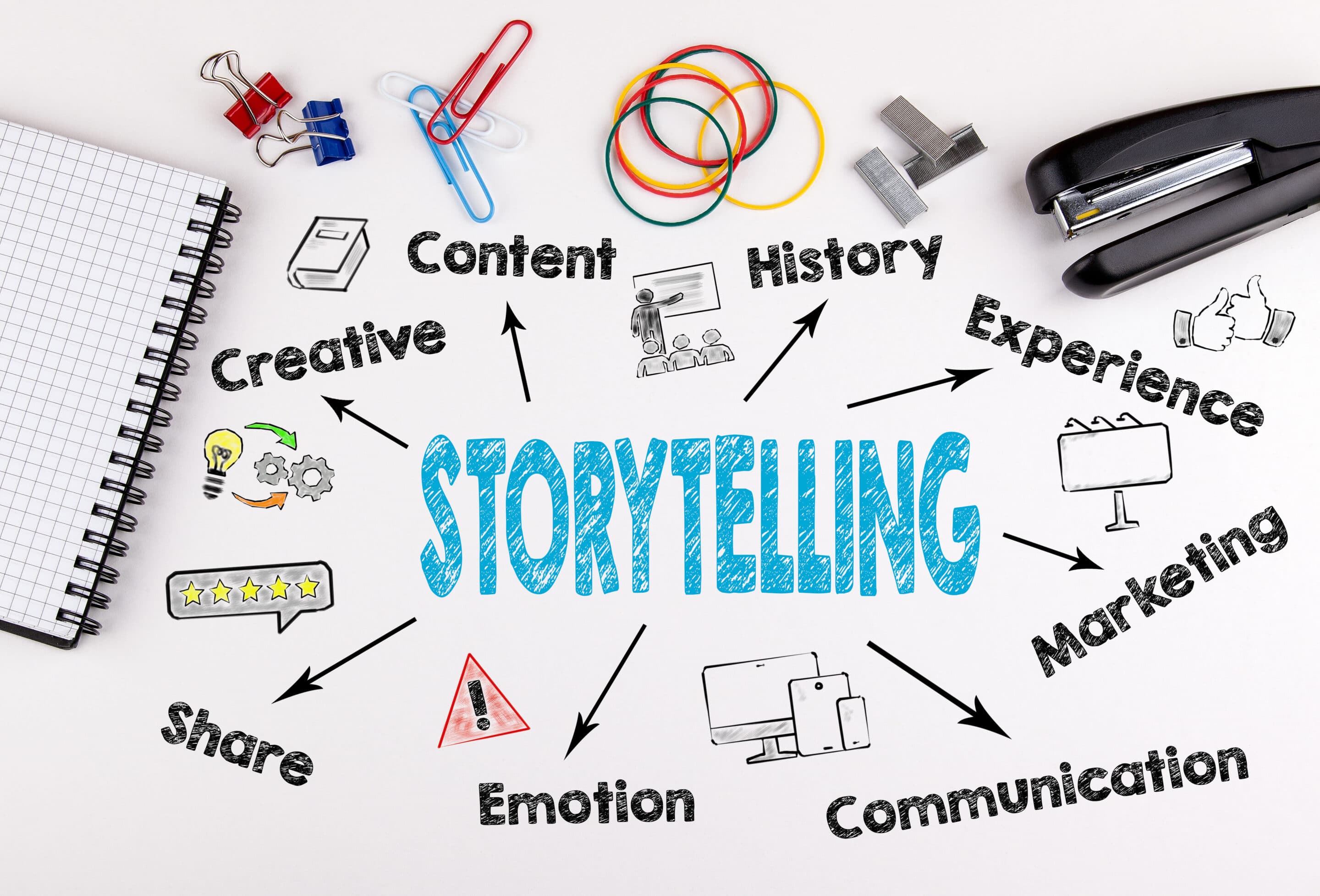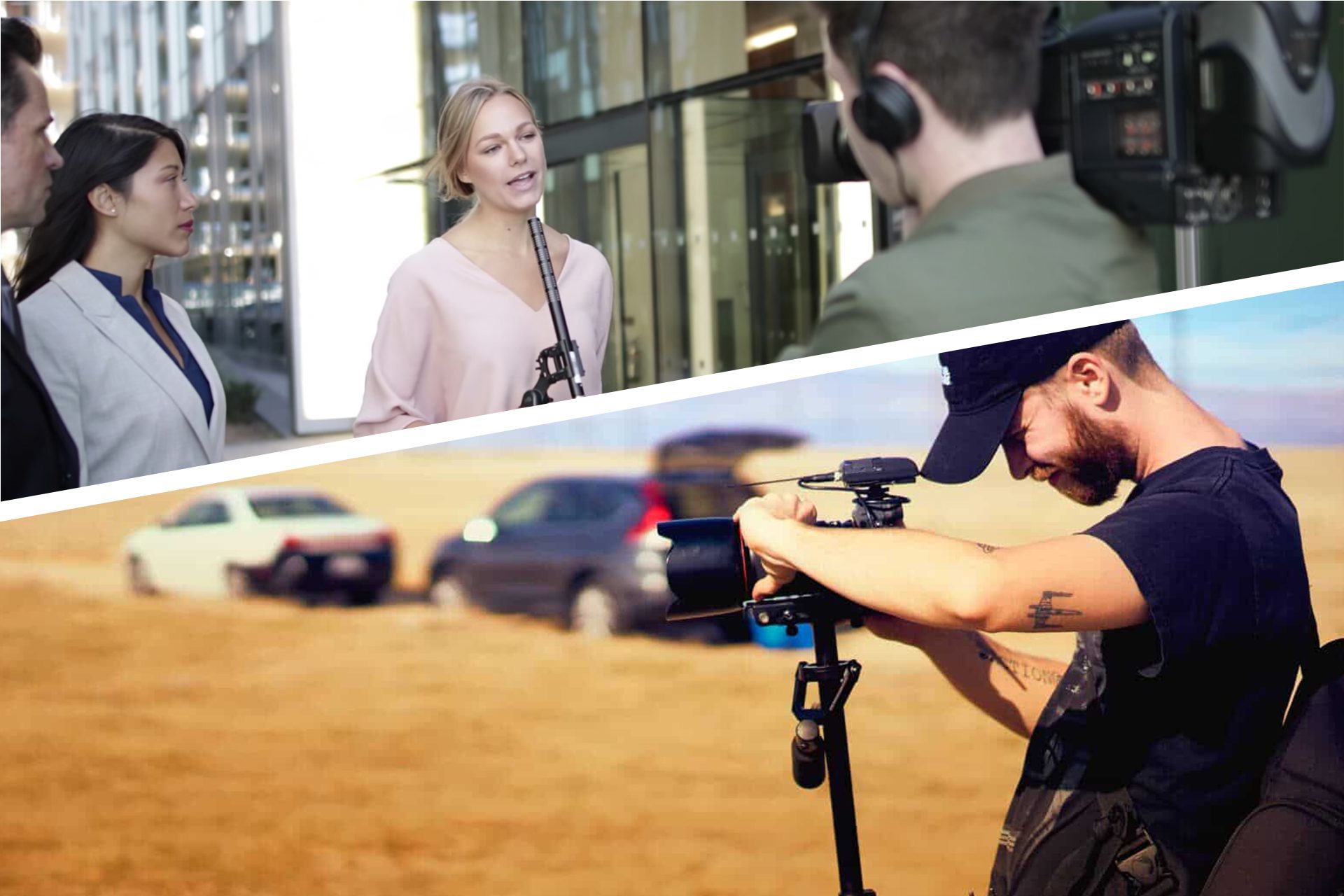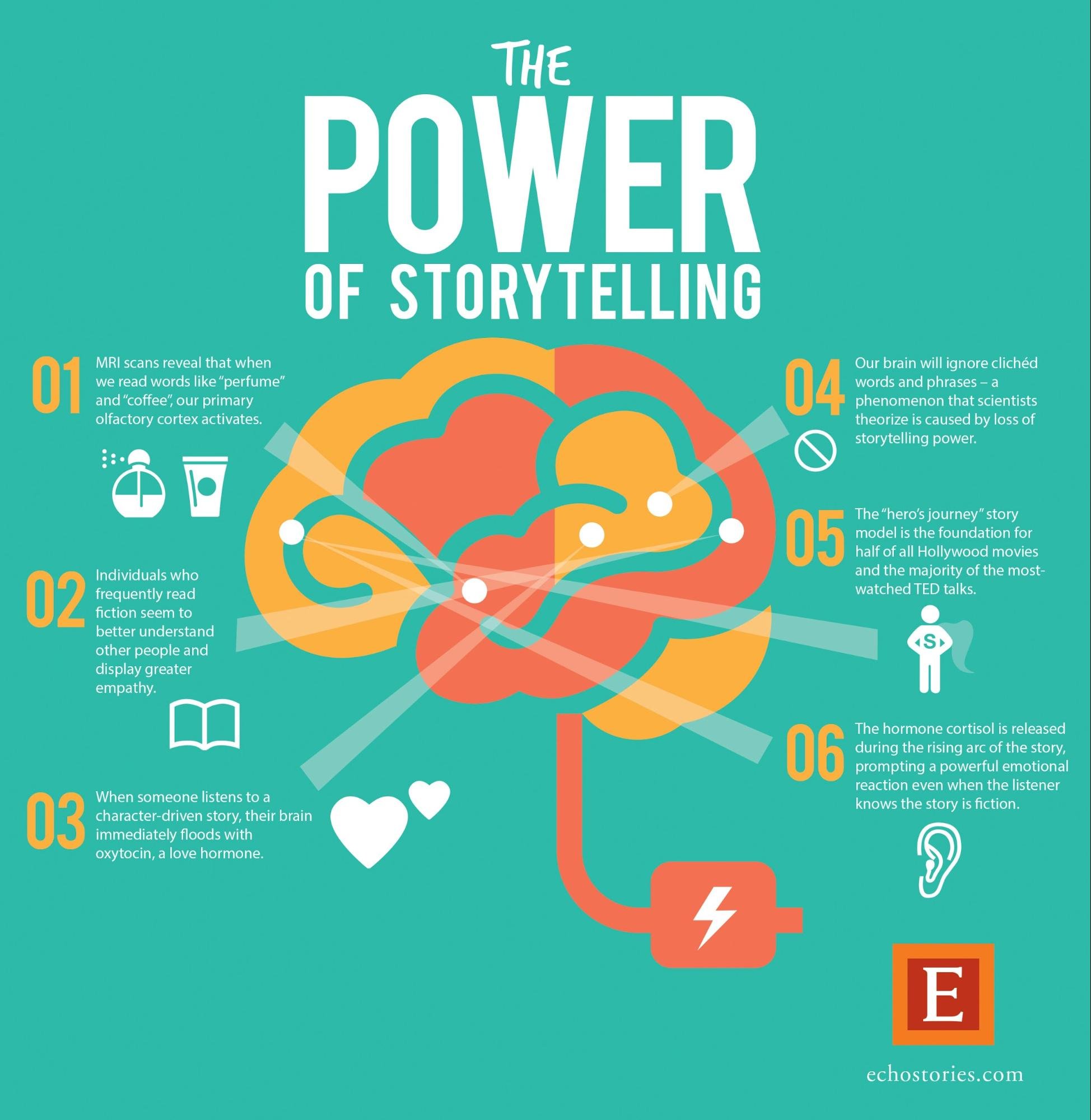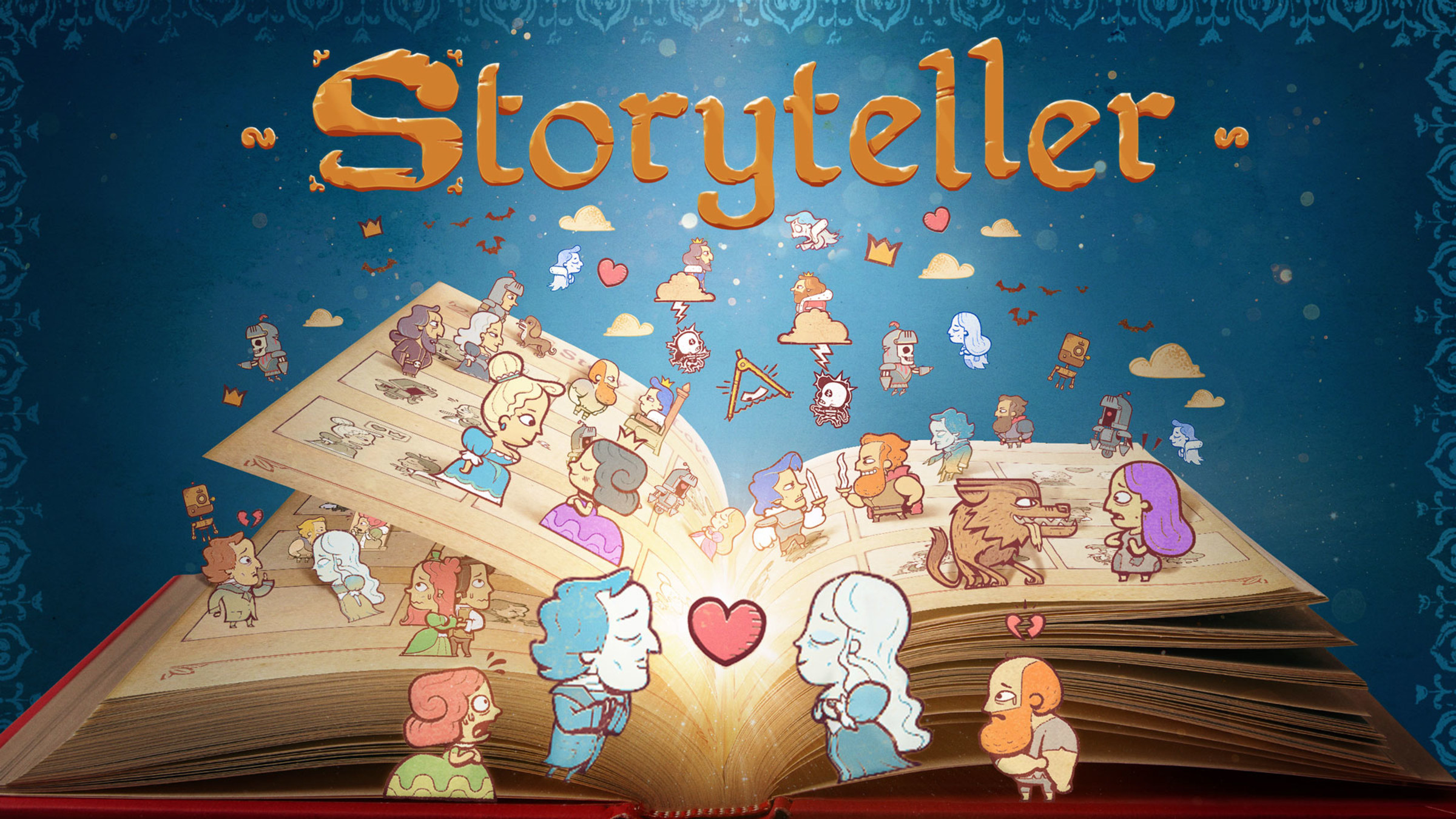Unlock the power of storytelling by mastering the art of A-roll and B-roll footage. Transform your narratives into captivating experiences that engage and inspire your audience.
Does crafting compelling stories feel like an elusive goal? Do your videos lack that extra spark, leaving viewers disengaged? The secret lies in mastering the art of A-roll and B-roll footage.
A-roll footage forms the foundation of your narrative, capturing the primary action and dialogue. B-roll, on the other hand, provides context, atmosphere, and emotional depth. By seamlessly blending these two elements, you can create stories that resonate with your audience.
A-roll and B-roll: The Art of Storytelling
Storyteller para Nintendo Switch – Site Oficial da Nintendo – Source www.nintendo.com
A-roll footage is the cornerstone of your story, capturing the essential action and dialogue. It’s the ‘meat’ of your video, the moments that drive the plot forward. Without strong A-roll footage, your story will lack focus and direction.
B-roll, on the other hand, is the ‘spice’ that adds flavor and depth to your storyline. It consists of supporting shots that provide context, establish the setting, and evoke emotions. B-roll can be used to introduce characters, showcase locations, or create a particular mood.

Storytelling is what we do – As I learn – Source marcabraham.com
The History and Evolution of A-roll and B-roll

The Power of Storytelling in Marketing | Newsletter Pro – Source newsletterpro.com
The use of A-roll and B-roll dates back to the early days of filmmaking. In the silent era, filmmakers used intertitles (text cards) to convey dialogue and exposition. As sound technology advanced, the need for intertitles diminished, and filmmakers began to rely more on A-roll footage for storytelling.
The term “B-roll” emerged in the 1950s to describe the supporting footage that was used to supplement A-roll footage in news broadcasts. Over the years, B-roll has become an essential element of video storytelling in all genres, from documentaries to feature films.
The Hidden Secrets of A-roll and B-roll

Best Storytelling Marketing Methods To Build A Successful Brand – Source www.threegirlsmedia.com
The power of A-roll and B-roll lies in their ability to create a more engaging and immersive experience for the viewer. By intercutting A-roll and B-roll footage, you can:
- Provide context and establish the setting
- Convey emotions and create a mood
- Add depth and variety to your storytelling
- Maintain viewer interest and engagement
The Art of Storytelling: Unlocking the Power of A-roll and B-roll

What Is B Roll? Definition, Examples & How To Use It The Right Way – Source filmlifestyle.com
Mastering the art of A-roll and B-roll footage is essential for creating compelling videos that engage and captivate your audience. Here are a few tips to help you get started:
- Plan your shots carefully. Consider the purpose of each shot and how it will contribute to your overall story.
- Capture high-quality footage. Good lighting, composition, and sound recording are essential for creating professional-looking videos.
- Edit your footage thoughtfully. The order and pacing of your shots can have a significant impact on the flow and impact of your story.
- Use A-roll and B-roll footage to create a balanced and engaging narrative that keeps your audience hooked from beginning to end.
The Art of Storytelling: Unlocking the Power of A-roll and B-roll

¿Como hacer un Storytelling? Aprende a clarificar el mensaje a tus clientes – Source www.dongee.com
Here are some additional tips for using A-roll and B-roll footage effectively:
- Use B-roll to establish the setting and create a sense of place. Show your audience where the story is taking place and introduce them to the characters involved.
- Use B-roll to convey emotions and create a mood. Choose shots that reflect the emotional tone of the story and use them to connect with your audience on a deeper level.
- Use B-roll to add depth and variety to your storytelling. Break up long stretches of A-roll footage with B-roll shots that provide a different perspective or offer a more detailed look at the action.
- Use A-roll and B-roll footage to create a balanced and engaging narrative that keeps your audience hooked from beginning to end.
The Art of Storytelling: Unlocking the Power of A-roll and B-roll

How to Write a Perfect Case Study That Attracts High Paying Clients – Source neilpatel.com
Here are some fun facts about A-roll and B-roll footage:
- The term “A-roll” comes from the days of film editing, when the most important footage was stored on the “A-roll” of film.
- The term “B-roll” comes from the days of news broadcasting, when it was used to describe the supporting footage that was used to supplement A-roll footage.
- A-roll footage is typically shot at a higher frame rate than B-roll footage, which gives it a smoother, more cinematic look.
- B-roll footage can be used to create a variety of effects, such as establishing shots, cutaways, and montages.
Conclusion
Mastering the art of A-roll and B-roll footage is essential for creating compelling videos that engage and captivate your audience. By understanding the difference between these two types of footage and using them effectively, you can create stories that resonate with your audience and leave a lasting impression.
Question and Answer

The Story Is The Story – Priority Press – Source www.priority-press.com
Q: What is the difference between A-roll and B-roll footage?
A: A-roll footage is the primary footage that drives the story forward, while B-roll footage provides context, atmosphere, and emotional depth.
Q: Why is it important to use both A-roll and B-roll footage?
A: Using both A-roll and B-roll footage creates a more engaging and immersive experience for the viewer. It provides context, conveys emotions, and adds depth and variety to the storytelling.
Q: What are some tips for using A-roll and B-roll footage effectively?
A: Plan your shots carefully, capture high-quality footage, edit your footage thoughtfully, and use A-roll and B-roll footage to create a balanced and engaging narrative.
Q: What are some fun facts about A-roll and B-roll footage?
A: The term “A-roll” comes from the days of film editing, while the term “B-roll” comes from the days of news broadcasting. A-roll footage is typically shot at a higher frame rate than B-roll footage, and B-roll footage can be used to create a variety of effects.

![Crisis Averted: [Company Name] Responds Swiftly To Address [Issue Name] Crisis Averted: [Company Name] Responds Swiftly To Address [Issue Name]](https://s3.castbox.fm/b9/32/14/4859554072ac1afe4465dd35a3.jpg)
